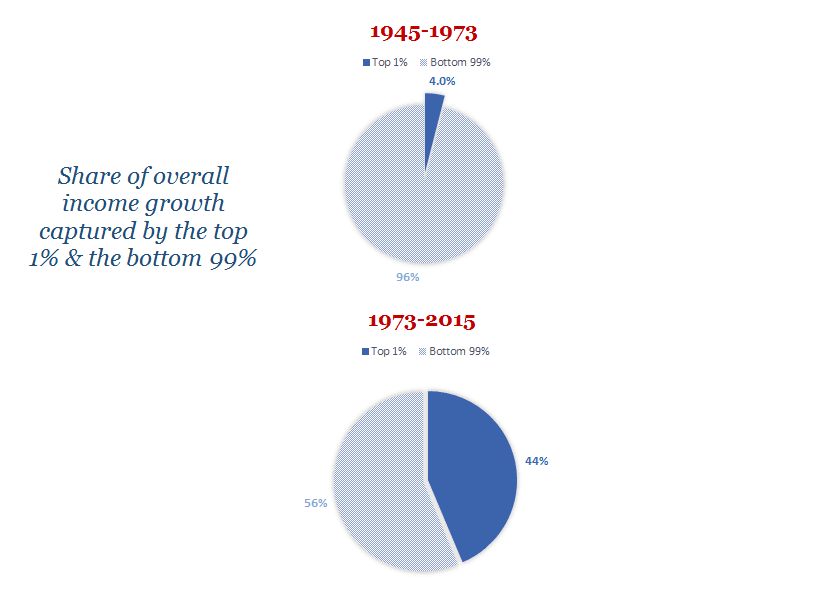A summary of the list of recommendations on the implementation of the OBBBA in Colorado regarding public benefits systems and work requirements.
Recent articles
CCLP testifies in support of Colorado’s AI Sunshine Act
Charles Brennan provided testimony in support of Senate Bill 25B-004, Increase Transparency for Algorithmic Systems, during the 2025 Special Session. CCLP is in support of SB25B-004.
Coloradans launch 2026 ballot push for graduated state income tax
New ballot measure proposals would cut taxes for 98 percent of Coloradans, raise revenue to address budget crisis.
CCLP statement on the executive order and Colorado’s endless budget catastrophe
Coloradans deserve better than the artificial budget crisis that led to today's crippling cuts by Governor Jared Polis.
Report reveals growing income inequality

Income inequality in Colorado has reached historic highs in recent years according to a new report released today by the Economic Policy Institute (EPI). The top 1 percent of earners in Colorado captured 44 percent of all income growth in the last 45 years.
In 2015, Colorado ranked 20th in the country for income inequality. The benefits of economic growth in our state have mostly accrued to the very top of the income spectrum since the 1970s. Rising inequality decreases social mobility of lower and middle class families, and reduces growth for Colorado’s economy as a whole.
In The new gilded age: Income inequality in the U.S. by state, metropolitan area, and county, published by EPI, economists Mark Price and Estelle Sommeiller detail the incomes of the top 1 percent and the bottom 99 percent by state, metropolitan area, and county.
The report provides compelling documentation of the growth of income inequality across the nation. Income inequality declined substantially in the first half of the 20th century, but an increasingly inequitable distribution took hold across the country starting in the mid-1970’s.
In Colorado, between 1945 and 1973, the top 1 percent of earners accounted for only 4 percent of all income growth. Between 1973 and 2015, however, the same earners captured a staggering 44 percent of all growth in income in Colorado. Today, the average one-percenter in Colorado makes nearly 21 times more than the average income earner in the bottom 99 percent.
The Glenwood Springs metropolitan area has the highest level of income inequality in the state: the top 1 percent makes 45 times more than the bottom 99 percent with average incomes of $2.9 million. Glenwood Springs is ranked 8th in the nation for income inequality. Meanwhile, Pitkin County is the most unequal county in our state — with the top 1 percent making 72 times more than the bottom 99 percent, ranking Pitkin 7th in the country for the ratio of top-to-bottom earners.
We often hear about how Colorado’s economy is booming, but for too many families in our state, it doesn’t feel that way. Income inequality is growing and the cost of living has skyrocketed, while wages for the majority of Coloradans barely seem to budge. The fact is that broadly shared growth aimed to include more people in the middle class is the path to a strong economy and thriving communities. Together, we can build a Colorado economy that works for all of us, not just the wealthy few, where our families and communities can thrive.
-By Claire Sheridan
